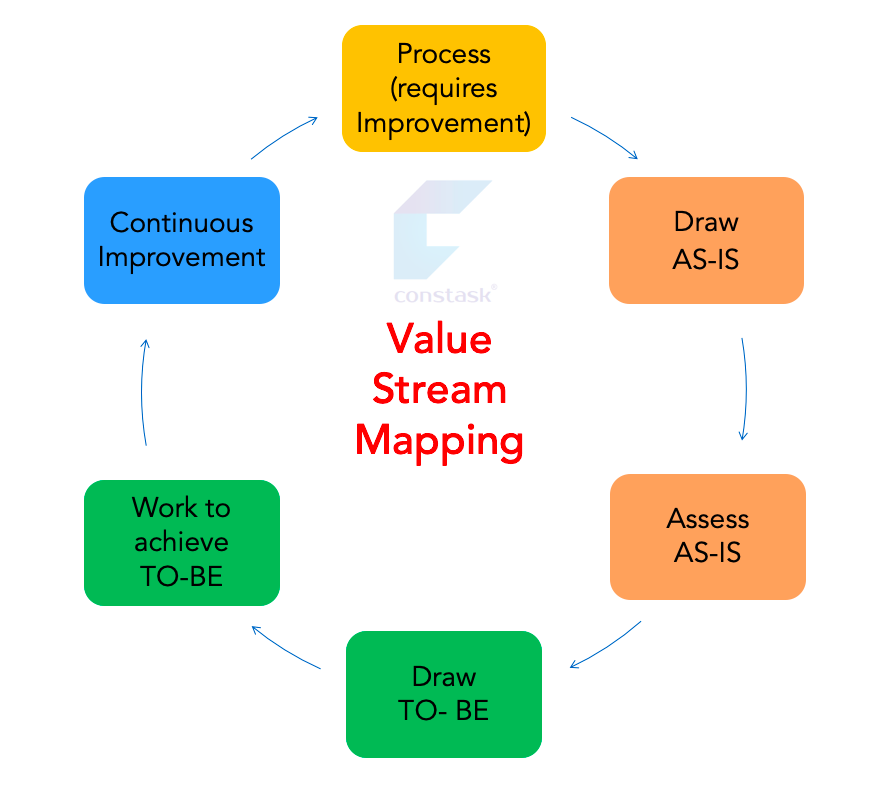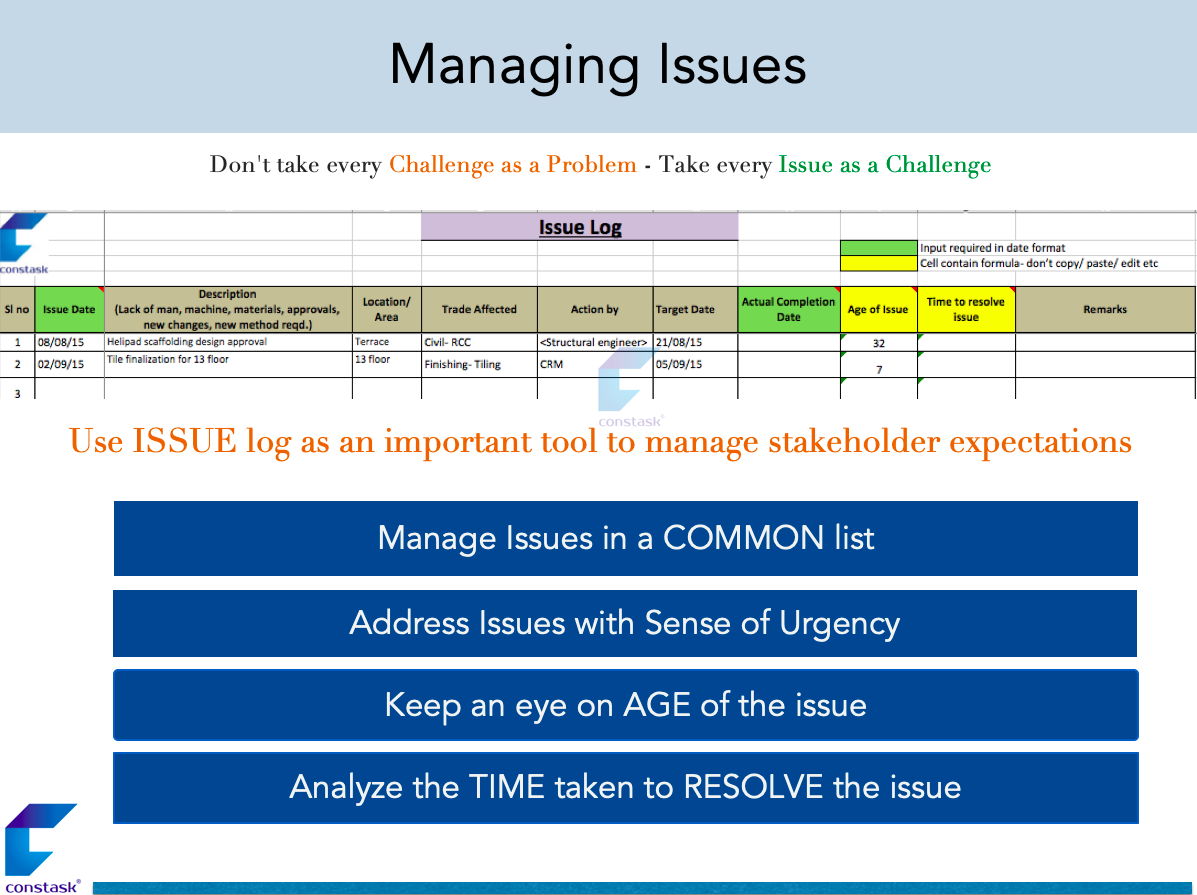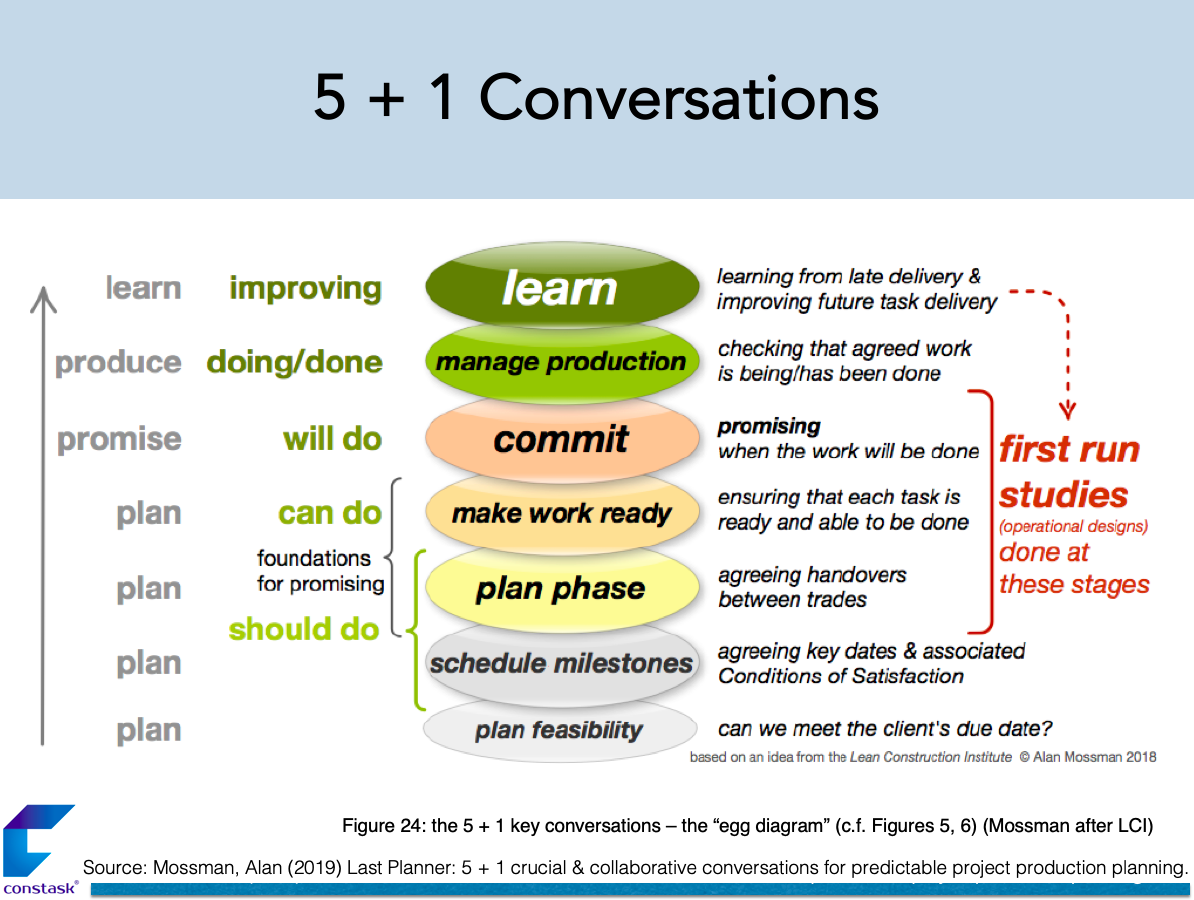Snapshot of the article
- Analyse challenges causing delays in Construction projects
- Make Ready steps are important to reduce duration or prevent delays
- Application of best practices from various management concepts together in construction
projects can significantly improve the performance
- We need to have right Strategy to improve the Construction Project Delivery
Can we reduce the Construction Project time and also prevent or minimize delays using management best practices?
Is there any solution to catch up and get back on track after lockdown?
The answer is YES!
The systematic & structured ways of adopting best practices can significantly improve the way we manage projects and overcome Time, Cost, Quality, EHS challenges we face in construction projects.
Construction & Real Estate industry in India was on a slow path to recovery but is facing yet another blow from #Covid-19. The construction project delays due to several reasons and to mitigate these it is very common to add unrealistic time buffers into schedule and yet the projects get delayed!
We are good in preparing schedules but often find it difficult to Execute as per the plans. The GAP between the Macro & Micro planning can be minimized with MAKE READY efforts. We need to Rethink Construction, Revamp Project Management, and Redefine the Project Delivery Strategy to overcome the challenges that prevent us from completing projects ON TIME! Amongst many, 5 key challenges faced by Construction Professionals in the context of Indian projects are discussed in this article.
5 key challenges faced by Construction Professionals in the context of Indian projects,
- Clarity & Availability of Right Information plays a vital role in the success of projects. On the other side Scope mismatch, Design Changes, Missing Information etc delays the activities and take more time to complete projects. So, it’s important to bring information transparency and ensure ‘Same Page- Same Fact’ among all stakeholders. The scope of work including requirements, functionality, features etc and who need to does what, steps to follow, compliances to meet etc can be established by developing Work Breakdown Structure (WBS) in projects. The product WBS brings transparency in what to deliver as part of project while Project Management WBS brings clarity in steps to perform, stakeholders to be involved and the outcome expected from process (like Design Processes, Material Approval etc). When Client, Consultant & Contractor work together to establish WBS in the early stage of project, it can avoid delays and time loss caused due to confusion at later stage of projects.
Failure to Engage & Entertain Stakeholder at Appropriate Time may lead to Project Delay, Cost Overrun, Turbulences and even Project cancellation. Identifying stakeholders, understanding their power & influence as well as balancing their demand, needs & expectations from the early stage of project, ensures that ALL HANDS are working with a Project Vision to achieve common project objectives & less Resistance. Stakeholder dissatisfaction happens when their issues are not addressed at the apt time. A structured analysis of stakeholders’ power/ influence and their interest in projects will help the project to refine and redefine strategies. This will aid in meeting the expectations of all stakeholders. Assessing the stakeholder’s current engagement periodically will help us to study their support, resistance & efforts taken to lead the project. This understanding will enable the project to define a better way of engaging the stakeholders.
Also use appropriate template to manage issues or constraints identified during the construction period; specially to analyze AGE of the pending issues and TIME taken to RESOLVE issues.
- Complex & Inefficient Processes Create Chaos in Construction projects. We noticed a team performance of 20.2% (First time right performance) in Procurement & 13.8% in a Design process during a consulting engagement. Long pending design details, non-availability of material, pending approvals, delay in PO etc are the outcome of poorly designed & inefficiently executed processes in construction projects. Rework, lack of collaboration & waiting for information / approval contributes MOST to the process inefficiencies. Proper attention to Work Breakdown Structure (WBS) can solve design of processes but requires continuous #monitoring & #controlling to ensure the efficiency.
Value Stream Mapping (VSM) plays a key role in identifying wastes (Non- Value) in processes which, prevent professionals to deliver value at every stage &, those that causes delay. Product & Project Management Processes can be improved with #VSM. We reduced design cycles from 15 days to 7 days, PO processes from 45 days to 10 days, PEB Column cycle to 15 hrs from 32 hours etc practicing simple #VSM.

- The biggest challenge construction projects need to overcome is Poor Planning. How to prepare ‘an executable work plan for a week’ & achieve the same. Reliability & Predictability of our schedules are the lowest in comparison to other industry projects & we spend our time to prepare catchup plans!
The Last Planner ® System or LPS can play a significant role in Revamping the way we manage construction production (execution); improving the planning reliability & collaboration among various stakeholders. Meetings & schedules ‘pushing’ the work won’t bring results BUT a ‘5+1 conversations’ part of LPS can do that in a better way as explained by Alan Mosman & Lean Construction Institute LPS enables execution team members to ‘commit’ the work they WILL do in upcoming week, and ensures smooth FLOW of activities in projects. 'Phase pull planning, make work ready, constraint removal, learning lessons from daily failures' all work together as a system supporting the Project delivery.
- Reduce the Uncertainty in construction projects. Our studies shows that projects have around 65% of Known-Unknown factors (example, Need design approval to proceed but no idea when it is going to happen). The COST contingency reserve to handle known-unknown is around 10% that too based on ‘guesstimate’!
Anything NOT in vicinity is regarded as Unknown today!. Rain, flood, labor strike etc are NOT analysed as a RISK nor prepared to be tackled. Unfortunately the Management Reserve to handle 'Unknown-Unknown' is much less & the profit is LOST handling such scenarios.
4 best practice (from
Lean Construction &
Project Management) to minimize uncertainty;
- RISK Analysis – Foresee threats & opportunities - have right strategy to tackle or embrace.
- CONSTRAINT Analysis – Remove the situations which may prevent WORK to start OR complete
- ASSUMPTION Validation – Find earliest possible ways to TEST the assumption and ensure its validity; till then handle as RISK
- Manage ISSUES – Ensure all issues resolved in 7 days & keep an eye on AGE of issue + TIME taken to RESOLVE it.
Construction projects are similar to battle field engagements, with lots of uncertainties, surprises, new challenges coming from different directions. Our project managers are resilient soldiers and will succeed the battle by implementing Make Ready steps.



